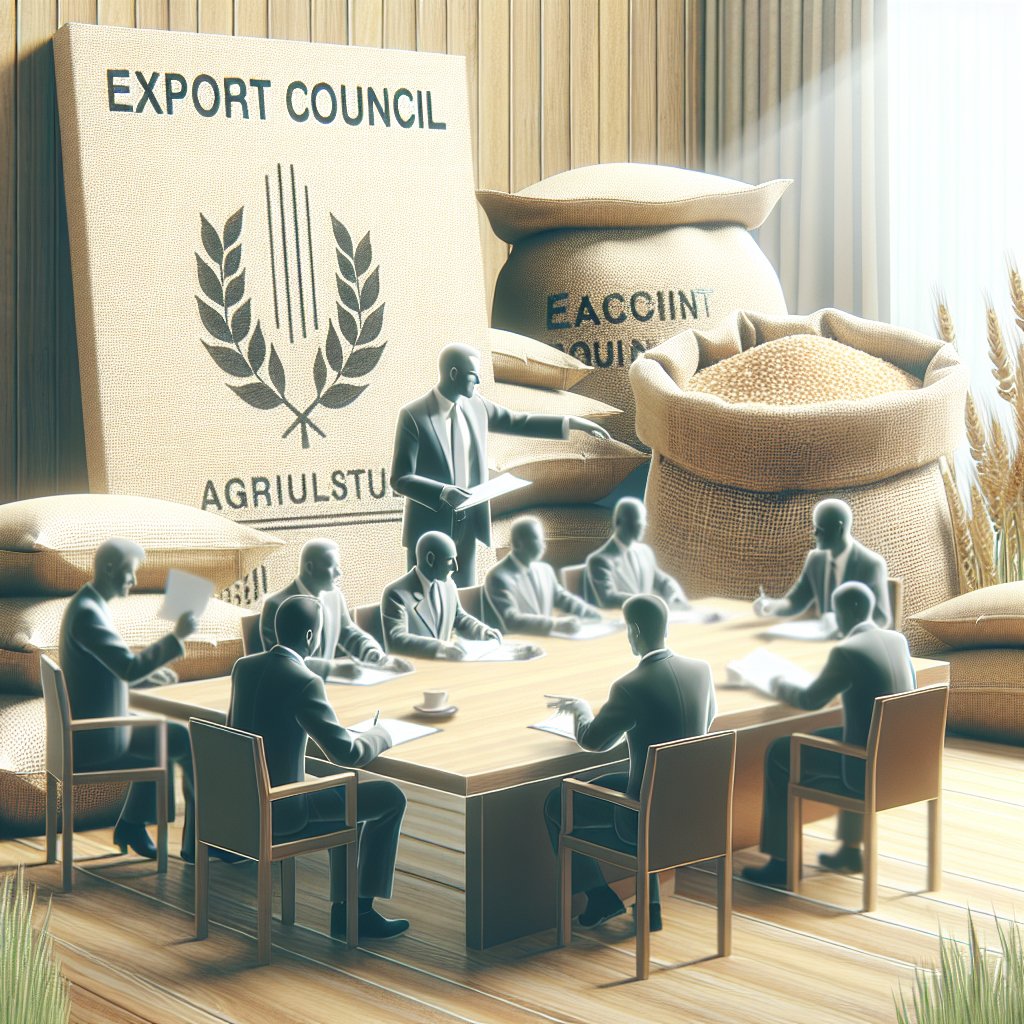The economics of grain export tariffs involve a complex web of strategic objectives, market forces, and international relations. Policymakers often grapple with balancing **revenue generation** against potential **market distortions**, while producers and consumers weigh the effects on **domestic prices** and access to foreign markets. Understanding how different tariff structures influence global grain trade is essential for crafting effective **trade policy** that safeguards national interests without undermining **global competitiveness**.
Tariff Structures and Policy Objectives
Governments may employ a variety of export tariff designs to achieve specific goals. Two common approaches include:
- Ad valorem tariffs: Levied as a percentage of the shipment’s value, these tariffs allow revenue to scale with international price swings.
- Specific tariffs: Imposed as a fixed amount per weight unit (e.g., dollars per ton), offering predictability but potentially misaligning with changing market valuations.
Revenue vs. Price Stabilization
One primary rationale for export levies is to generate public funds, especially during bumper harvests. Yet policymakers often seek to stabilize domestic markets by discouraging excessive outflows that could drive up local prices. A well-calibrated tariff can temper export volumes just enough to protect consumers without severely hampering producers’ incentives.
Protecting Food Security
In regions prone to supply shocks, **subsidies** combined with export duties can serve as tools to preserve adequate grain reserves. By adjusting levy rates dynamically, authorities attempt to maintain a buffer stock that shields vulnerable populations from sudden price spikes.
Economic Impacts on Producers and Consumers
Export duties ripple through the entire value chain, altering profitability, resource allocation, and consumption patterns.
Effects on Producers
- Reduced export returns encourage some farmers to redirect output to the domestic market.
- Less exposure to volatile world prices can diminish producers’ willingness to invest in yield-enhancing technologies.
- High levies may push exporters to seek alternative crops or shift production to less tariffed commodities.
Effects on Consumers
- Lower domestic supply of exported grains can elevate local retail prices, hurting low-income households.
- Conversely, restricting exports during supply crises may cushion consumers from global shortages.
Demand sensitivity plays a pivotal role here. When the price elasticity of domestic consumption is low, modest export restrictions might have limited impact on quantity demanded but significant welfare consequences for consumers.
Global Market Effects and Trade Dynamics
On the international stage, export tariffs can reshape trade flows, influencing both importers and transit economies.
Shifting Trade Patterns
Major grain buyers may respond by diversifying their sourcing portfolios, forging new supply chains with alternative exporters. This diversification process can weaken the market power of traditional suppliers over time and erode long-term bilateral relationships.
Price Transmission and Pass-Through
When a significant supplier levies a tariff, world prices may adjust downward, partially offsetting the levy’s advantage. The degree of pass-through depends on global supply elasticity: highly inelastic markets see sharper price swings, amplifying welfare effects abroad.
Welfare losses in importing countries can provoke diplomatic friction or retaliation, sparking tariff wars that depress overall trade volumes and diminish global grain availability.
Case Studies of Major Grain Exporters
Examining specific national experiences highlights the diverse outcomes of export levy policies.
Country A: Steady Revenue with Minimal Disruption
Country A implemented a moderate ad valorem duty that adjusted monthly based on harvest forecasts. This mechanism achieved consistent **revenue generation** while keeping domestic price increases under 5%, thus maintaining producer profitability and consumer affordability.
Country B: Overzealous Levies and Market Backlash
By contrast, Country B imposed steep specific tariffs during a single season. Export volumes plummeted by 40%, triggering a 15% drop in world prices. Importers quickly sought alternative suppliers, resulting in a permanent 10% market share loss for Country B’s exporters.
Country C: Dynamic Tariff-Support Hybrid
Combining export duties with targeted **subsidies**, Country C achieved a delicate balance: export quantities fluctuated within a narrow corridor, and domestic prices remained stable. Nonetheless, critics point to ongoing **market distortions**, warning that prolonged intervention may diminish long-term agricultural efficiency.
Strategic Considerations for Future Policy
When designing or reforming grain export tariffs, policymakers should consider several strategic dimensions:
- Elasticity analysis: Assess both supply and demand responsiveness to avoid unintended surpluses or shortages.
- International coordination: Collaborate through multilateral forums to prevent retaliatory measures and ensure **global competitiveness**.
- Risk management: Build flexible mechanisms that can be fine-tuned in response to climatic shocks, price volatility, and geopolitical events.
- Transparency and predictability: Provide clear guidelines on levy adjustments to maintain exporter confidence and preserve long-term investment incentives.













